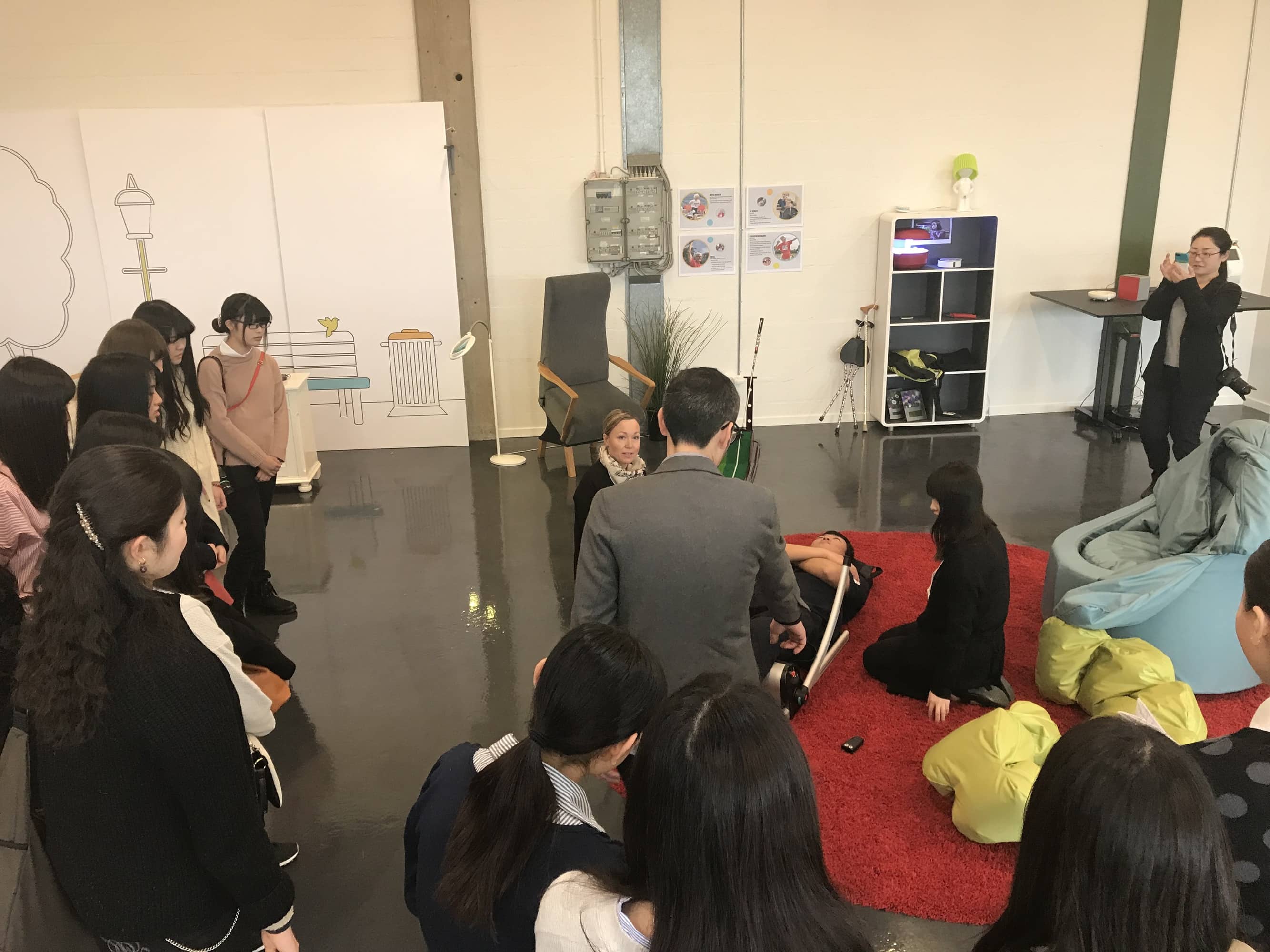A possible game changer

HiSC
A technology from the car industry to new opportunities in the health sector!
The cooperation between a car-developer and a welfare-advisor
How do we create the most value by working across industries?

A possible game changer
The municipalities in Denmark have always been interested in new ways to improve the social- and healthcare sectors. The pressing subjects of dementia and elderly care, amongst others, are requiring new and improved technologies from developers all over the world. The new cooperation between the Japanese IT solution provider, working in the car industry, and the consultancy company, working with welfare innovation and development, is painting up to be a possible game changer!
The cooperation between a car-developer and a welfare-advisor
With a suitcase in hand and a thought in mind, we had the pleasure of greeting the Japanese tech-company HiSC and welcome them to Public Intelligence to discuss the possibilities of their technology being integrated into the welfare sector. This amazing trip is a door opening to millions of possibilities.
We live in a world with great minds and endless opportunities, but also with growing demographic, social and health issues – why should we limit our options to only one sector, when we can work together across sectors and industries and find even better solutions for our local and global problems?
With the health care sector being a fast-growing industry, we need to explore the possibilities that technology in one sector, can be used in another sector and broaden the scope of possibilities.
How do we create the most value by working across industries?
Since November ’17 we have worked hard to engraft the car-meant technology into the market of welfare technology. We have, with great inspiration, received this Japanese technology and tested it to see if there is potential to utilize it in healthcare related problems. Through ideation, testing and collaboration with local authorities, we have obtained knowledge, inputs and ideas and matched the needs with the technology. This gives us leeway to consider which services, this technology, can either replace, improve or add to.

